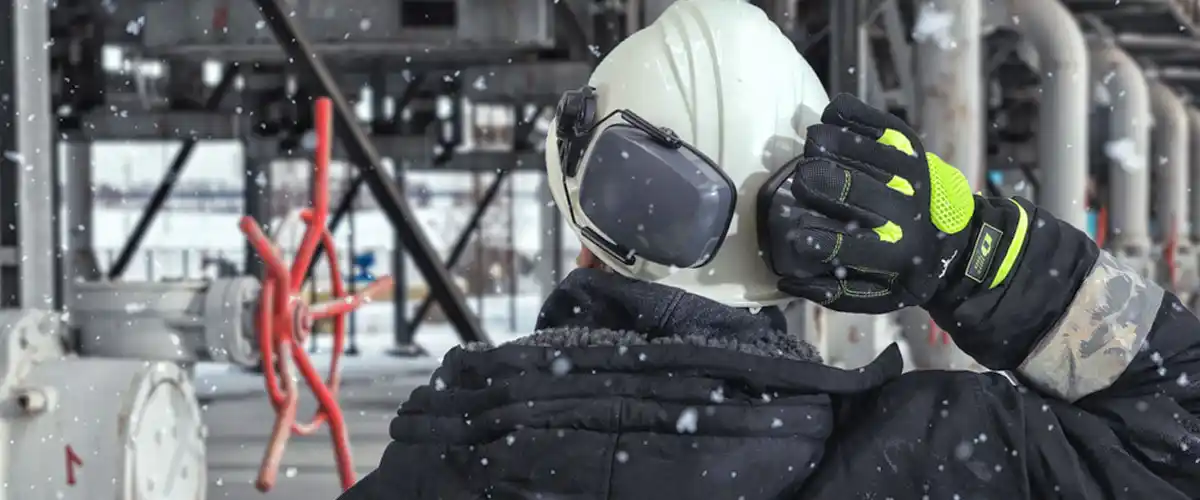
WHAT YOU NEED TO KNOW

A cold environment challenges the worker in a few ways: air temperature, air movement (wind speed), and humidity (wetness). To work safely, these challenges must be carefully monitored by physical activity and by controlled exposure to cold (work/rest schedule), more importantly, by proper PPE insulation. From the hand safety perspective, It is highly recommended to pick up EN511:2006 winter certified working gloves with a known cold protection level to prevent everyone from getting cold, acute diseases.
EN511
ABC
Under the EN511 symbol are three digits symbolizing different protection levels. Only EN511 certified gloves are allowed to display a snowflake symbol on the glove.
A - CONVECTIVE COLD RESISTANCE
B - CONTACT COLD RESISTANCE
C - WATER PENETRATION
EN511:2006 is a series of standardized tests for gloves to give indications of the protection against cold. The standard includes two specific tests for assessing thermal insulation: convective cold and contact cold plus other low-temperature performance tests in addition to requirements from EN 388 and EN 420.

XXX
Value: 0-4, the most resistant is 4
| Protection level (low to high) |
0 | 1 | 2 | 3 | 4 |
| Thermal insulation ITR (m².°C/W) |
≤ 0.10 |
> 0.10 ≤ 0.15 |
> 0.15 ≤ 0.22 |
> 0.22 ≤ 0.30 |
≥ 0.30 |

XXX
Value: 0-4, the most resistant is 4
| Protection level (low to high) |
0 | 1 | 2 | 3 | 4 |
| Contact cold thermal resistance R (m².°C/W) |
≤ 0.025 | > 0.025 ≤ 0.050 |
> 0.050 ≤ 0.1 |
> 0.1 ≤ 0.15 |
≥ 0.15 |

XXX
Value: 0-1, the gloves stay dry after 30 minutes
| Values | 0 | 1 |
| Water penetration | Water penetrates within 30 minutes | Water does not penetrate within 30 minutes |
Still find the explanation confusing? Soft Touch has made a video for a better understanding.
What you need to know about cut protection gloves
How to choose welding gloves